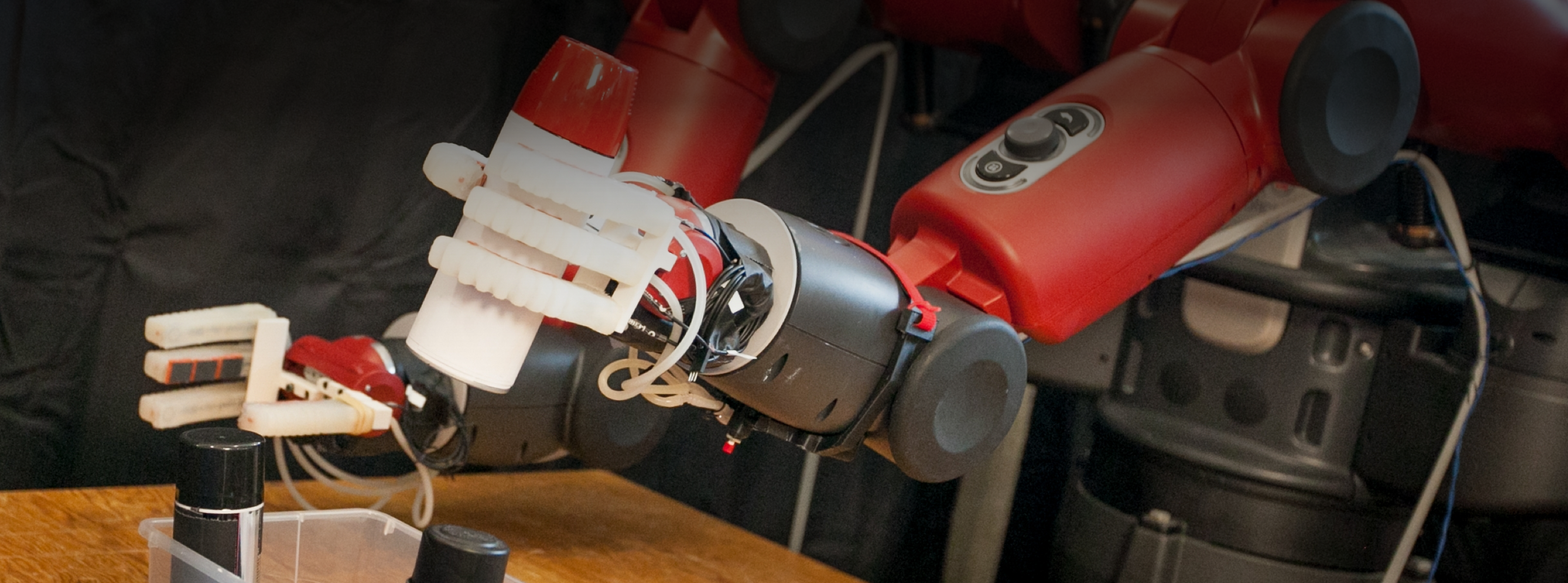Keeping software free-form is arguably one of the most important measures we can take for securing our agency in our increasingly overlapping real and digital worlds.
“Think about how much of our lives are controlled by software, and think about how you want that powerful infrastructure to be as transparent as possible,” says Professor Hal Abelson of MIT CSAIL, whose mission it is to empower people in computing, even those who are not computer science experts.
One of his projects, called App Inventor, runs out of a server at CSAIL and allows anyone to make apps. It’s empowering girls in India, for example, to make mobile apps that allow members of their community to schedule their family’s time at the community water distribution plant, so that waiting times in line for water are drastically reduced. App Inventor is in a blocks language that a user can put together easily without knowing how to code.
As a supporter of free software, Prof. Abelson believes that free software empowers everyone to maintain the freedom to run, edit, contribute to, and share software, as well as see everything the software is doing.
“Look at the debates right now over security,” says Prof. Abelson. “How do you know that your phone or your computer or something doesn’t have some hidden thing in it that’s doing something awful, even in terms of security?”
He explains that the four freedoms of free software include:
- Run it for any purpose.
- Study it and modify it to do what you want.
- Redistribute it.
- Redistribute the software and any modifications you made.
“These four freedoms are becoming enormously important,” he says. “Every time you hear something about ‘Do we trust this software,’ whether it’s vote-counting or billing, ask yourself, ‘What would it be like if everybody could actually look at the software?’”
Prof. Abelson digs into similar issues in a book he co-authored with Harvard Professor and Computer Scientist Harry Lewis, Blown to Bits: Your Life, Liberty, and Happiness After the Digital Explosion.
He says that the book talks about how your life, liberty, and happiness are being transformed by everything being on the internet, and how surveillance, privacy, and copyright all come into play. The book, which was first published in 2008, has become all the more relevant today, helping us understand the juxtaposition of technology and societal issues.
The issue with privacy today, he explains, is that “it’s too easy to track people” using technology even simpler than face recognition, such as tracking people by gait, by voice, and by location. “It’s kind of over in terms of people not knowing who you are and in terms of privacy. We need a different way to deal with it.”
As a member of CSAIL’s Internet Policy Research Initiative (IPRI), Prof. Abelson is working with both technologists and policy leaders to set up infrastructure that revolves around who controls our data and how that data will be shared. He enjoys empowering policy leaders so that they really understand how technology such as machine learning works.
“But there are also some very deep technology problems,” he adds, such as tracing data lineage.
“When data moves on the web, it doesn’t bring with it where it came from — what data people call provenance. People are now realizing 30 years later that this was a real mistake, not to put it there. And it’s having implications now, because look at the things going on with fake news and disinformation and anything else you see on the web. Imagine if, when this thing got transferred over the web, you could say where it came from… It’s a very difficult technology problem right now to restore that sense of provenance.”
But there are also a lot of exciting new developments that can empower both technologists and policy-makers to change the way we approach privacy and liberty. For instance, homomorphic encryption, such as the technology used in the SCRAM project. is a kind of “theory magic” that would enable users to learn certain information, like calculating the average salary across an organization, without having access to salary information about individual employees.
“When you realize those possibilities, you realize there are new policy options that mostly the policy world is not taking advantage of that you could actually do that might provide ways of addressing the very hard problems,” says Prof. Abelson.
“The general idea is that technology can provide different options. It’s not as if you’re going to go and ask the technologist what the policy is, it’s that the technologist can provide new options that maybe policy hasn’t thought of.

